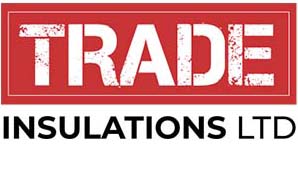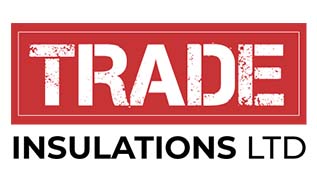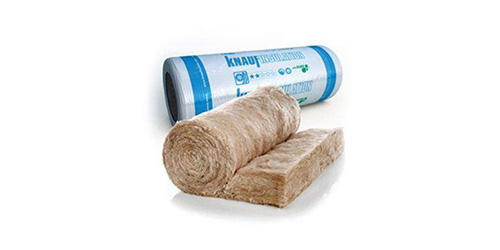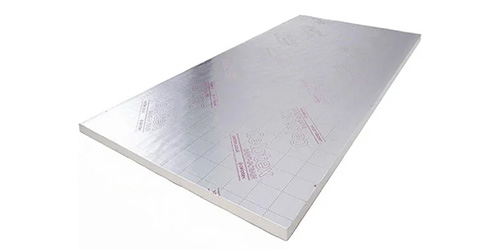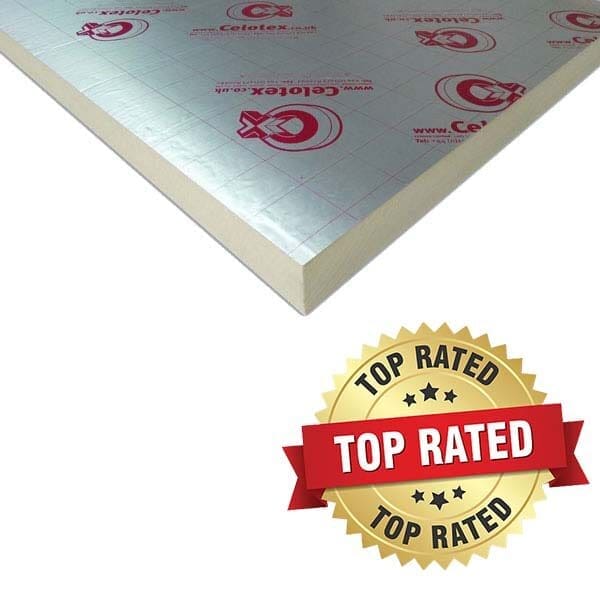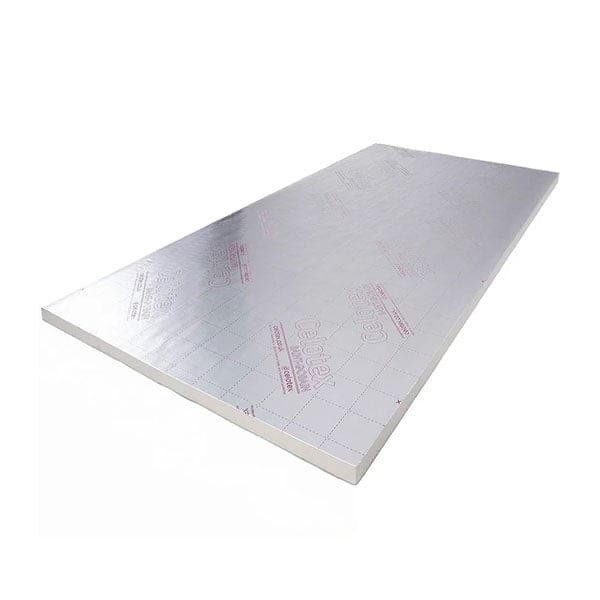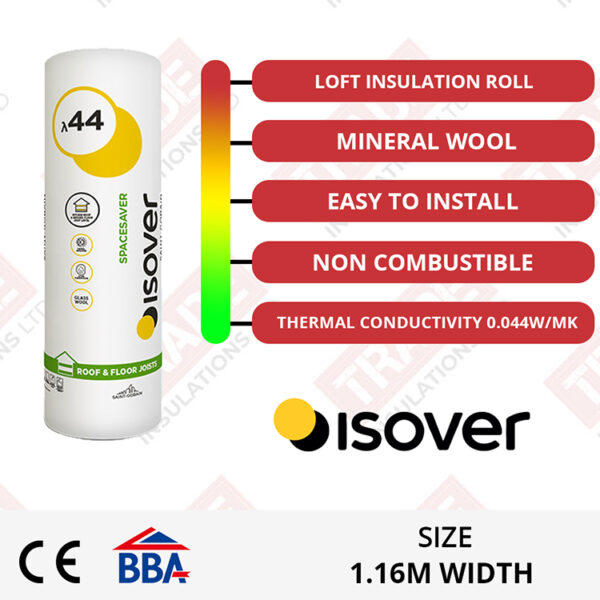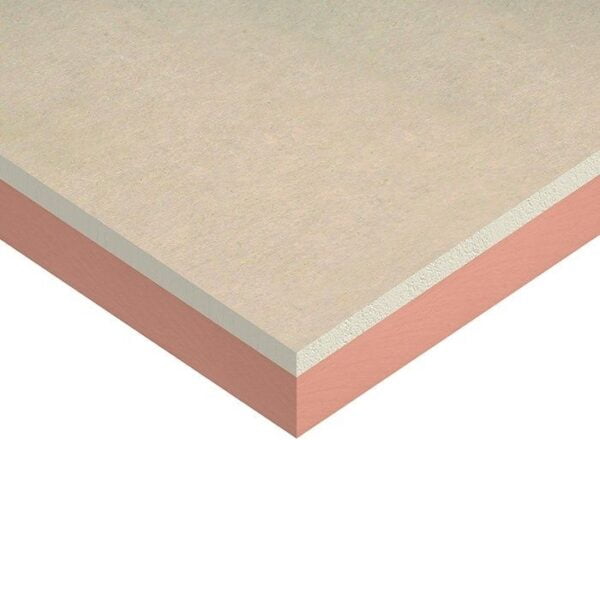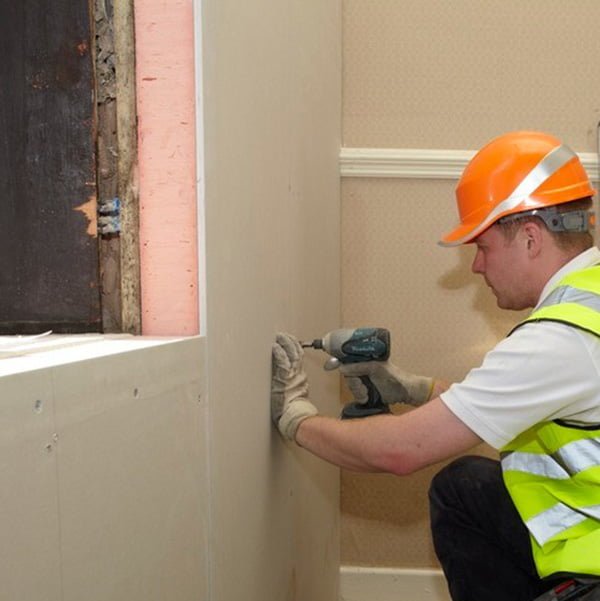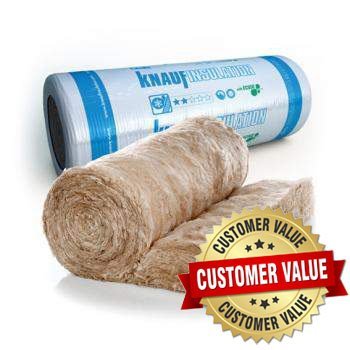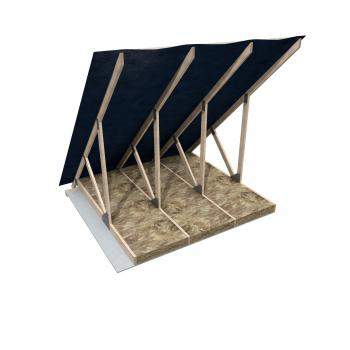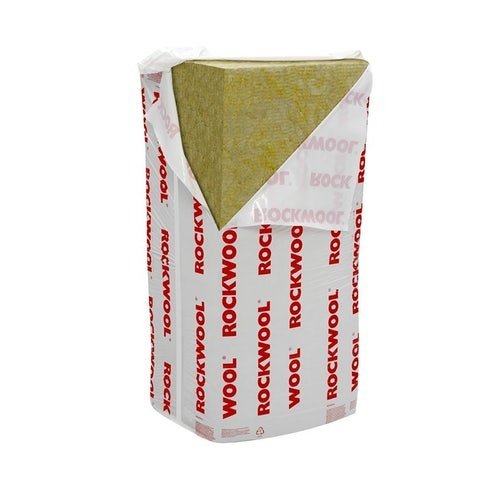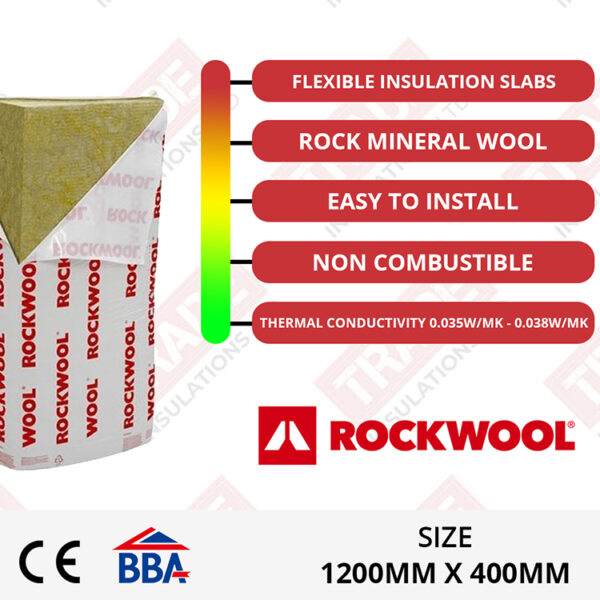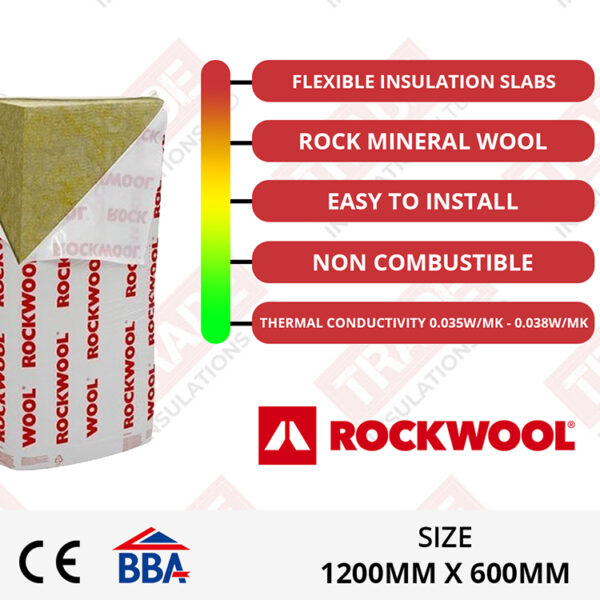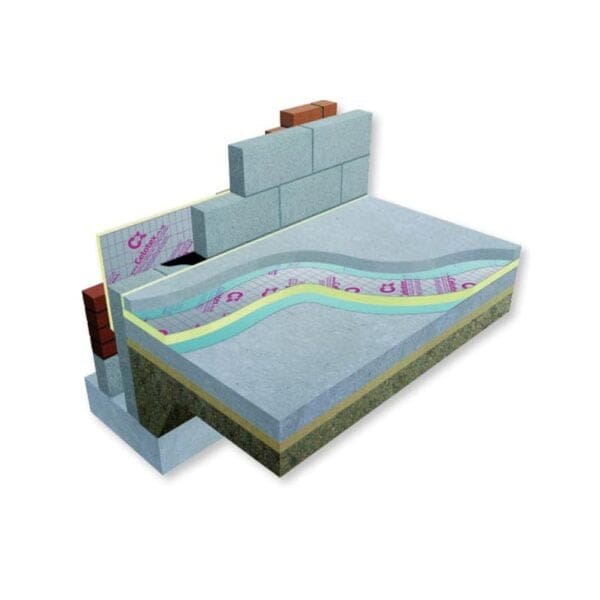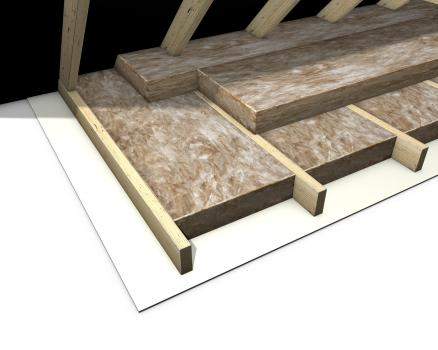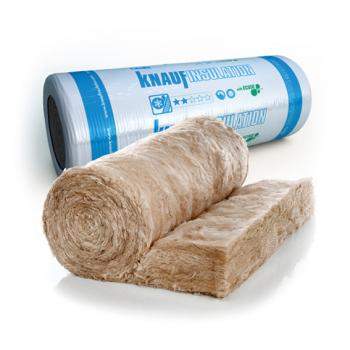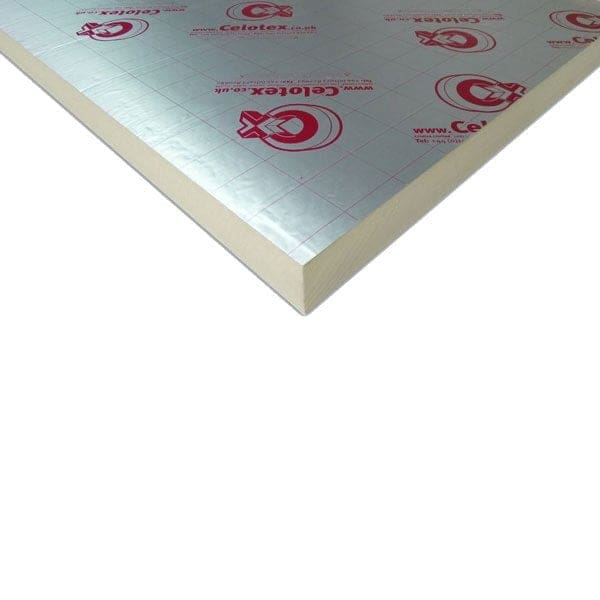Loft Insulation
We stock a wide range of loft insulation products on our website. This includes loft insulation from trusted manufacturers such as Knauf, Rockwool, Celotex and Isover. At Trade Insulations, we proudly offer top brands at trade prices. If you are looking for loft rolls, loft insulation boards, or even loft batts, you can find them all here.
Installing loft insulation is a great way to create a more comfortable environment and also reduce energy bills. Place your order in just a few clicks, and get your loft insulation delivered directly on site or even to your home.
Showing 1–16 of 43 results
Celotex 100mm PIR Insulation Board – GA4100 (2400mm x 1200mm x 100mm) 2.88m2
Original price was: £39.99.£25.24Current price is: £25.24.100mm Isover Spacesaver Loft Insulation – 14.13m2 Isover Loft Roll
Original price was: £32.69.£30.62Current price is: £30.62.Kingspan Kooltherm K118 37.5mm Insulated Plasterboard (2400 x 1200mm) – 2.88m2
Original price was: £78.59.£65.49Current price is: £65.49.Knauf 100mm Loft Roll 44 – Combi Cut (13.89m2 Roll)
Original price was: £34.99.£28.50Current price is: £28.50.ROCKWOOL Flexi – 1200 x 400 x 100mm – 86.4m2 pallet
Original price was: £999.07.£832.56Current price is: £832.56.ROCKWOOL Flexi Slab – 1200 x 600 x 100mm – 4.32m2 pack
Original price was: £47.39.£39.49Current price is: £39.49.120mm Celotex Insulation Board – XR4120 (2400mm x 1200mm x 120mm) 2.88m2
Original price was: £51.99.£31.27Current price is: £31.27.50mm Celotex Insulation Board – GA4050 (2400mm x 1200mm x 50mm) 2.88m2
Original price was: £25.15.£14.72Current price is: £14.72.75mm Celotex Insulation Board – GA4075 (2400mm X 1200mm X 75mm) 2.88m2
Original price was: £34.99.£20.69Current price is: £20.69.Knauf 150mm Loft Roll 44 – Combi Cut (9.18m2 Roll)
Original price was: £34.99.£28.50Current price is: £28.50.Knauf 170mm Loft Roll 44 – Combi Cut (8.01m2 Roll)
Original price was: £34.50.£28.50Current price is: £28.50.150mm Celotex Insulation Board – XR4150 (2400mm x 1200mm x 150mm) 2.88m2
Original price was: £61.50.£37.99Current price is: £37.99.70mm Celotex Insulation Board – GA4070 (2400mm x 1200mm x 70mm) 2.88m2
Original price was: £34.89.£20.49Current price is: £20.49.80mm Celotex Insulation Board – GA4080 (2400mm X 1200mm X 80mm) 2.88m2
Original price was: £39.40.£23.74Current price is: £23.74.Kingspan Kooltherm K118 42.5mm Insulated Plasterboard (2400 x 1200mm) – 51.84m2 pallet
Original price was: £1,368.00.£1,112.00Current price is: £1,112.00.Loft Insulation Products
On our website, we can find a variety of loft insulation products. This includes insulation slabs (batts), loft rolls, and insulation boards. Our selection of high-performance loft insulation products can help improve the energy efficiency of a building.
We sell popular brands such as Rockwool, Isover, Celotex, Kingspan and Knauf. Loft rolls are very popular due to how easy they are to install. In addition to this, they are also cost-effective. Other options include insulation batts, which offer excellent thermal and acoustic properties. Insulation rolls and insulation slabs are often made from mineral wool, which boasts added fire resistance. Rockwool RW Slabs are manufactured using volcanic rock, which is eventually spun into fibres. Insulation boards are also ideal for insulating loft or attic spaces. Loft insulation boards include the Celotex Multi Purpose PIR boards or even Kingspan’s Thermapitch (TP10) range.
When you click through to our product page, you can find more detailed information about that particular product. This includes prices and lead times. All of our loft insulation products also feature technical information and data sheets to help provide you with more information.
If you are unsure of what insulation to purchase for your loft, we suggest speaking with an architect or building professional. They will be able to give you expert advice on your bespoke project.
Whether replacing old loft insulation or even working on a new build project, you can find everything you need at Trade Insulations.

Loft Rolls
Loft rolls are an efficient and cost-effective way to insulate your property. Around a quarter of all heat is lost through the roof. Installing loft rolls can help to combat this heat loss. Loft rolls are designed to be quick and easy to install. Below are our top-selling loft roll products:
Knauf Loft Roll 44
Knauf Loft Roll 44 is a glass mineral insulation roll manufactured by Knauf. It is designed for lofts and is combi-cut to suit joist spacings. It can either be full width or split to suit your loft space. This makes the installation process hassle-free and easy. In addition to this, they are available to buy in different thicknesses to suit your project. Knauf Loft Rolls boast a thermal conductivity of 0.044 W/mK. These rolls come compression-packed, which means they are easy to transport and handle on-site.
Isover Spacesaver Loft Roll
Isover Spacesaver Loft Roll is another option, which also has a thermal conductivity of 0.044 W/mK. This loft roll has excellent thermal performance and can be installed to create a warmer and more energy-efficient home. The Isover Spacesaver Loft Roll is available in a range of thicknesses.
Benefits Of Loft Rolls
- Excellent thermal performance - loft roll is great for reducing heat loss
- Easy to install - loft roll is simple to fit, even for DIY novices
- Cost-effective - it is one of the most cost-effective types of insulation
- Fire resistance - mineral wool offers natural fire resistance
- Sustainable materials - often made using eco-friendly practices and processes
Loft Insulation Slabs
Loft insulation slabs are also known as insulation batts or cavity batts. These are rigid slabs of mineral wool with excellent thermal and acoustic properties. On our website, we sell a range of loft insulation slabs, which include Rockwool and Knauf insulation slabs. Insulation slabs are dense and provide a tight friction fit between studs or joists. They are commonly found in loft conversions and pitched roofs.
Rockwool RWA45 Slabs
The Rockwool RWA45 slabs are a very popular product from Rockwool. These are known for their versatility and acoustic and thermal performance. In addition to this, stone wool naturally has good fire resistance. These slabs are multi-purpose, so they are a good all-around product.
Rockwool RW Range
On our website, we also sell RW3 and RW5 Rockwool slabs. The Rockwool RW3 slab is more dense than the Rockwool RWA45 slab. This is effective for areas where greater soundproofing or fire resistance is required.
The Rockwool RW5 slab is even denser than the Rockwool RW3, which is ideal where maximum performance is essential. This can be found in high-performance loft conversions.
Knauf Rocksilk Slabs
These are another type of insulation slab that we sell on our website. These are insulation batts made by Knauf. These boast excellent thermal efficiency and are made with Knauf’s ECOSE technology. These are great for loft applications.
Benefits Of Loft Insulation Batts
- Rigid and durable - insulation slabs fit snugly and maintain their shape
- Fire Resistant - many insulation batts have natural fire resistance properties
- Versatile - insulation slabs are multi-purpose and suitable for many applications
- Moisture resistant - many insulation slabs offer moisture resistance, which is perfect for humid or damp areas
Loft Insulation Boards
Insulation boards are a great solution for insulating loft spaces. Loft insulation boards are perfect for pitched roofs and loft conversions, with limited space. Our website has a wide variety of insulation boards, such as Kingspan’s Thermapitch Boards and Celotex General Purpose PIR boards.
Celotex PIR Boards
These multi-purpose PIR boards are available in a variety of thicknesses to suit your project. Celotex PIR insulation boards are made from PIR (polyisocyanurate) foam. They feature low emissivity foil facings for enhanced thermal performance. In addition to this, they are lightweight and easy to cut, making them perfect for loft applications.
Kingspan Thermapitch TP10 Boards
The TP10 Thermapitch board by Kingspan are designed for pitched roof applications. These are premium PIR boards, which are available in many different thicknesses.
Benefits Of Loft Insulation Boards
- Rigid and durable - insulation boards feature a rigid design to provide a long-lasting insulation solution
- Great for pitched roofs - PIR boards are ideal for pitched roof applications
- Excellent thermal insulation - they boast excellent insulating properties
- Easy to cut - PIR boards are designed to be easy to cut and handle
- Easy to install - PIR boards can be easily installed
Why Insulate Your Loft?
Installing loft insulation is a great way to improve the energy efficiency of a building. When loft insulation is correctly installed, it can reduce heat loss, which would usually be lost through the roof. This can help to keep a building comfortable all year round. In addition to this, a reduction in heat loss means there is less need for heating. The added benefit to this is that it can reduce energy bills as well as reduce your carbon footprint.
Adding loft insulation may also help a building to meet current building regulations. Another benefit is that a well-insulated property can also yield a higher market value.
Ordering Your Loft Insulation At Trade Insulations
Order your loft insulation from Trade Insulations today and join the thousands of happy customers who receive great service, prices and products. At Trade Insulations, we are home to many loft insulation products. On our product pages, you can easily filter by thickness. All of our product pages also feature our current lead times. This is accurate and regularly updated.
